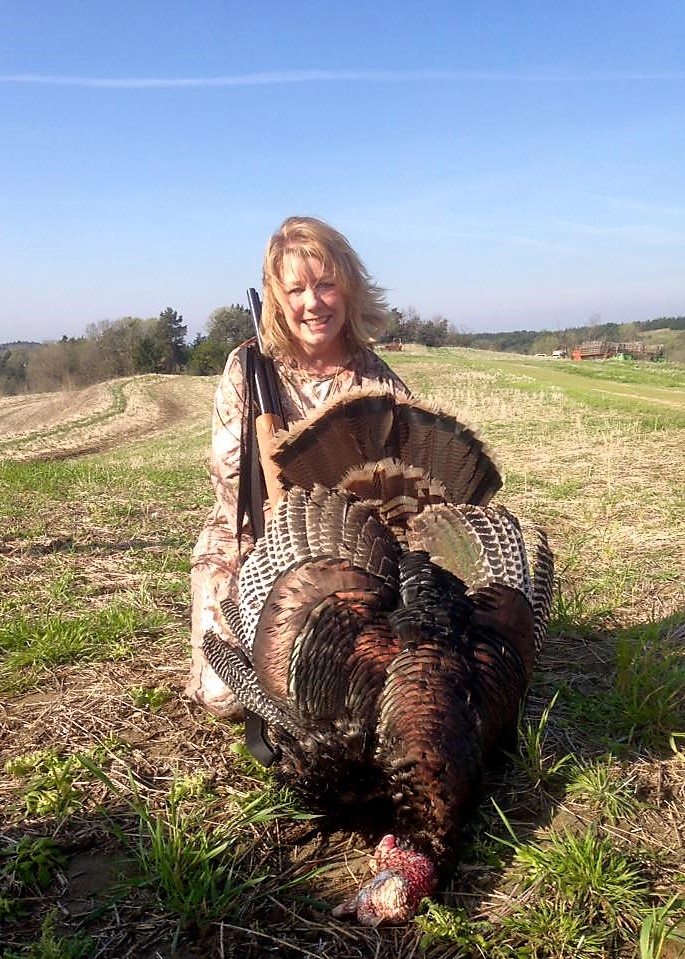They were immigrants who braved the unknown to carve out new lives in a strange new land among native inhabitants. They were about determination, perseverance, strong backs and an unwavering faith in their religion.
They never recognized the impossible.
They fought and endured a Civil War. They loaded up their belongings and themselves in covered wagons and came here in search of a better life in which to claim land to farm, hunt, fish and raise their children. Along the way, they crossed wide rivers, endless windswept plains and large mountains.
They rank high among the reasons to celebrate Nebraska’s 150th anniversary of statehood.
They are pioneers. They are the homesteaders. They are my ancestors.

To me, Nebraska’s 150th year anniversary of statehood is deeply personal. It is story of my family legacy. It is the story of me. It is the story of how I came to be here, in the Cornhusker State. It is the story of my connection to the land. It is the story of how my love of the great outdoors was born.
It is really the story about about a portion of my family history – the Murphy family history – that illuminates my life today, especially every time I tread on that treasured property to hike or hunt.

The story of the Murphy clan, and how they came to be in Nebraska, is similar to that of other immigrants. And, it is rich, just like the soil on our lands.
The story actually begins when a young man named James Murphy, age 16, emigrated to the United States from County Limerick, Ireland in 1855 on a ship filled with other Irish immigrants. James and the others were looking for a life not inflicted with religious persecution, rebellion, poverty, war, penal laws, disease and famine as well as the possibility of owning land. The middle of the 19th Century brought an unparalleled human disaster to the tenant farmers of Ireland — the potato famine.
After landing on the East Coast, young James worked as a blacksmith for a time in Philadelphia, Pennsylvania, a trade his father, Thomas, had taught him in Ireland, There, he eventually meets and marries his wife-to-be, Margaret.
Together, they would make their way with a group of other Irish immigrants to the area around Chicago, Illinois, where work was plentiful. James plied his blacksmith trade there and also worked on farms.
Then, the unthinkable happens. The American Civil War breaks out in 1860. James continues working and Margaret gives birth to two children in the early 1860s – James, Jr. and Mary. In 1864, young James who knew horses well as a blacksmith, is recruited and enlists in the Union Army’s 5th Illinois Cavalry Regiment. He participates in skirmishes in the South including the battle campaign at Vicksburg, Mississippi. At the conclusion of the war, James travels back to Illinois and reunites with his family. The Murphy’s stay in Illinois for several more years as James works and money is saved. Two other children, William and Dennis, are born.
At some point, a decision is made by James to go west alone to the Nebraska territory where he heard free land could be obtained. He sets out on the long journey. Sometime during the late summer or early fall of 1867, James, on horseback, arrives at a Nebraska settlement called Forest City near the Elkhorn River just southwest of present-day Gretna in Sarpy County. The settlement, a lively place incorporated in 1857, is comprised mainly of Irish immigrants.
James inquires about land available, combs the area looking for some, does odd jobs for money and stays with aquaintainces. His family, meanwhile, is still back in Illinois. The search for property though takes a while as land is being claimed at a rapid pace. Finally, he locates what he believes to be suitable land with good natural resources for building a home, raising farm crops and livestock, hunting game and comfortably surviving. The hilly, scenic land overlooks the Platte River valley and is not far off from Forest City or the Mormon Trail. He claims it, with official documents to be completed following settlement at a much later date.
Upon returning to Illinois, the family ties up loose ends, packs up everything they own and heads west to Nebraska in a covered wagon. They make it!
U. S. Census takers interview them on the land by August 30, 1870, most likely living in a sod house. They begin homesteading activities on September 1, 1871. A log cabin is built, a stable is constructed, a well is dug, and trees are planted. Life is underway in a new land!

Through trials and tribulations, through tales of bold actions and achievements, resilient generations would remain on that working farm, which is owned, still worked and enjoyed by us – the descendants of James and Margaret Murphy, to this day!

So, I say: “Happy 150th birthday, Nebraska!”
Happy birthday to us!

The post Nebraska’s 150th Anniversary: Bursting with Pioneer Pride appeared first on NEBRASKALand Magazine.















